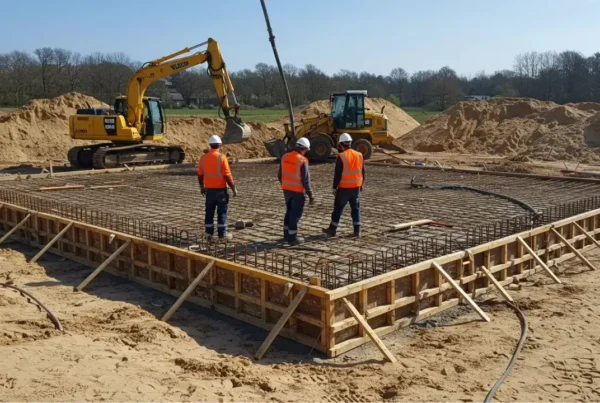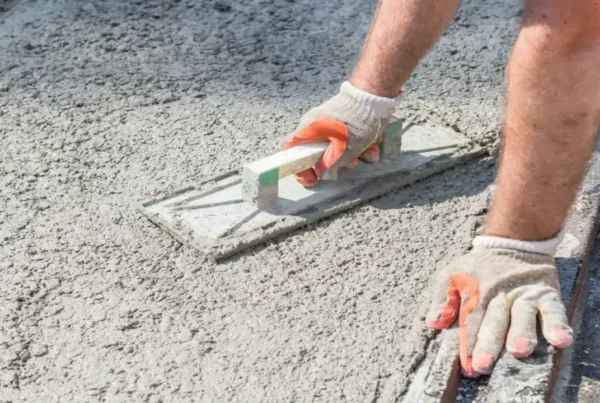Table of Contents
-
Introduction
-
What Are Cement Grades?
-
Common Cement Grades in India
-
The Science Behind Cement Grading
-
Why Cement Grade Matters for Your Home
-
Choosing the Right Cement for Your Project
-
Final Thoughts
1. Introduction
When it comes to building your dream home in Lucknow or anywhere else, every material counts. Among the most essential is cement — the very glue that holds your home together. But not all cement is the same. Cement grades, often printed on bags like 33, 43, or 53, play a vital role in determining the strength and longevity of your home.
2. What Are Cement Grades?
Cement grade refers to the compressive strength of cement in megapascals (MPa) measured after 28 days of setting. For example:
-
33 Grade Cement – 33 MPa strength
-
43 Grade Cement – 43 MPa strength
-
53 Grade Cement – 53 MPa strength
These numbers are not just labels — they are performance indicators that directly affect your home’s safety and durability.
3. Common Cement Grades in India
In India, the Bureau of Indian Standards (BIS) governs cement grading under IS 269:2015 and similar specifications. The most widely used cement grades include:
-
OPC 33 Grade: Mostly used in plastering, tiling, and non-structural work.
-
OPC 43 Grade: Suitable for residential construction, precast items, and light RCC work.
-
OPC 53 Grade: Preferred for fast-paced, high-strength projects like multi-storey buildings, bridges, and slabs.
Other types include PPC (Portland Pozzolana Cement), used for general construction due to its lower heat hydration and better long-term strength.
4. The Science Behind Cement Grading
Cement grading is based on a standardized compressive strength test conducted in a laboratory. The procedure involves:
-
Preparing a cement mortar cube (1:3 ratio with sand).
-
Curing it for 28 days under controlled conditions.
-
Applying pressure until the cube breaks.
The maximum stress the cube withstands gives its grade. Higher grades mean the cement can bear more load, making them ideal for structural components like columns, beams, and slabs.
5. Why Cement Grade Matters for Your Home
a. Structural Integrity
Choosing the wrong grade may result in weaker structures prone to cracks and eventual collapse. For instance, using 33-grade cement for a slab might lead to premature failure.
b. Durability
Higher-grade cement like OPC 53 ensures longer life for critical structures, especially in areas with heavy rainfall or salinity — conditions common around Lucknow’s outskirts.
c. Cost Efficiency
Though higher-grade cement is more expensive, it requires lesser quantity and achieves target strength faster, reducing curing time and overall construction costs.
d. Regulatory Compliance
Many municipal bylaws and engineers specify minimum cement grades for certain constructions. Non-compliance may result in penalties or safety risks.
6. Choosing the Right Cement for Your Project
At Goel World, our expert team helps you select the right grade based on your project type and budget. Here’s a quick reference:
| Application | Recommended Grade |
|---|---|
| Plastering, masonry | 33 or PPC |
| Residential slabs | 43 Grade OPC |
| Foundations, beams | 53 Grade OPC |
| Decorative finishes | White/PPC Cement |
We proudly stock trusted brands like Ultratech, ACC, Ambuja, Century, and Green Cement — all available at our Lucknow showrooms.
7. Final Thoughts
Don’t overlook cement grade while planning your home. It’s not just about building walls — it’s about building a legacy that lasts generations. The team at Goel World is always ready to help you choose the best materials — whether it’s top-grade cement, marble, plywood, or sanitary fittings — all under one roof in Lucknow.
🛒 Visit Goel World – The Best Building Material Store in Lucknow
📍 Faizabad Road & Sushant Golf City
📞 09984444004 | 09335921484
🌐 info@goelworld.com






